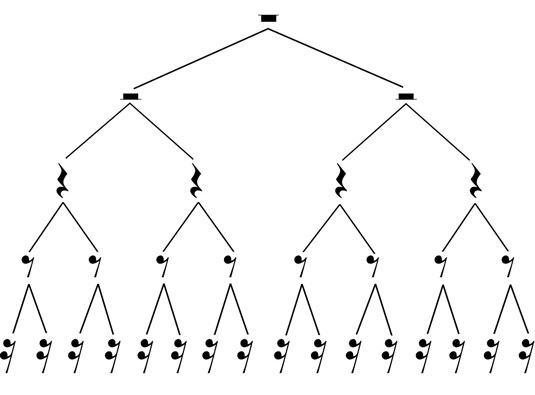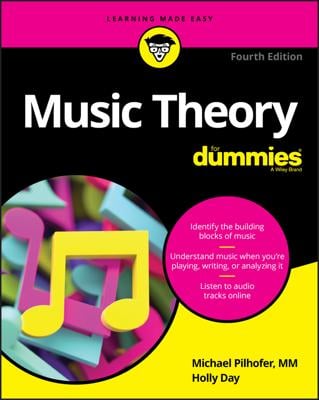Knowing when not to play notes during a song is as important as knowing the notes you do play. Understanding how to read rests will help you keep up with the beat and pacing of the music. Sometimes the most important parts of a conversation are the things that aren’t said. Likewise, many times, the notes you don’t play can make all the difference in a piece of music.
These silent “notes” are called, quite fittingly, rests. When you see a rest in a piece of music, you don’t have to do anything during it but keep on counting off the beats. Think of the rests as the spaces between words in a written sentence. If those spaces weren’t there, you’d just be stringing one long word together into gobbledygook.
But don’t let the name fool you. A rest in a piece of music is anything but nap time. If you don’t continue to steadily count through the rests, just as you do when you are playing notes, your timing is going to be off, and eventually the piece will fall apart.
Look at the relative values of rests, ranging from a whole rest at the top to sixteenth rests at the bottom.

From top to bottom, this figure shows a whole rest, 2 half rests, 4 quarter rests, 8 eighth rests, and 16 sixteenth-rests.
Telling the difference between a half rest and whole rest at a glance often causes people grief, especially when they're first learning music. It can help to think of these rests as a hat. If you're stopping at someone's home for a quick visit, you might just leave your hat on, so the half rest (the shorter of the two) looks like a hat as you would wear it; if you're going to stay longer, you'll take your hat off, and the whole rest looks like a hat that has been removed.
Rests are especially important when it comes to writing down your music for other people to read — and in reading other composer’s music — because rests make the rhythm of that piece of music even more precise than musical notes alone would.
Rests work particularly well with music for multiple instruments. They make it easy for a performer to count off the beats and keep time with the rest of the ensemble, even if the performer’s instrument doesn’t even come into play until later in the performance.

